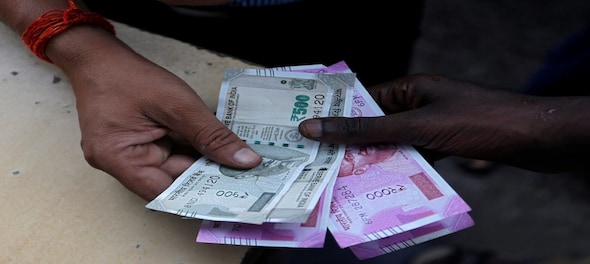
Indians donated a total of Rs 23,700 crore between October 2020 and September 2021, with the maximum going to religious organisations or beggars, said a report.
A report titled ‘How India Gives 2020-2021,’ released on September 19 by the Centre for Social Impact and Philanthropy (CSIP), Ashoka University, found that middle-income households in rural and urban India made most of their philanthropic donations in cash. It said Indians in urban areas donated more than those in the country’s rural areas.
As much as 44 percent of the total Rs 23,700-crore donation came from middle-income households, the study said. Higher-income households contributed 22 percent of the total giving.
Spurred by beliefs and ‘family tradition,’ Indian mostly gave to religious organisations, which received Rs 16,600 crore in cash, during the period.
Beggars received cash donations of Rs 2,900 crore, which is an estimated market share of 12 percent, Indian Express reported.
Indians also donated to non-religious organisations such as non-governmental organisations (NGOs), the PM Cares Fund, and hospitals, which received Rs 1,100 crore.
Donations of Rs 2,000 crore were made to ‘family and friends,’ which captured a market share of 9 percent. Families also donated to household staff, which made up 4 percent at Rs 1,000 crore.
Researchers surveyed 81,000 households across 18 states, over telephone or in person, for this study.
According to the researchers, the study was the primary attempt to “understand household-giving patterns across geographies, socio-economic groups, demographics, and forms of giving,” The Print reported.
Despite the study being carried out in the peak COVID-19 period, only 15 percent of the total 5 percent households that contributed Rs 1,100 crore to ‘non-religious organisations’ donated for the pandemic.
“What was surprising to me personally is that I had expected COVID-19 to be a driving force in donations in this particular study period – which was not the case,” Indian Express quoted the report’s lead author and CSIP Research Director Swati Shresth as saying.
The study revealed that while both men and women had equal say in donations, women tended to donate more to beggars and household staff, while males were more inclined to donating to religious organisations and family and friends.
At 96 percent, eastern India showed highest incidence of donation, followed by northern India at 94 percent.
Religious beliefs, family traditions and the need and desire to support those in financial distress were cited as the most common reasons for giving, the study said.



